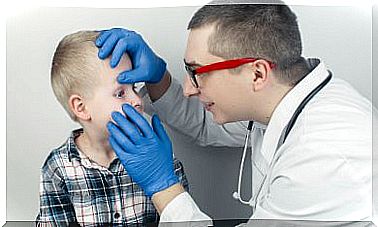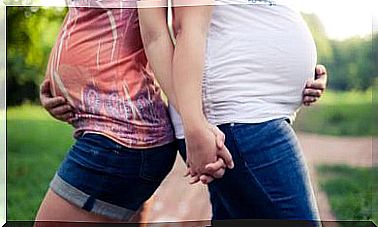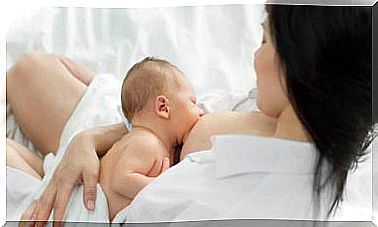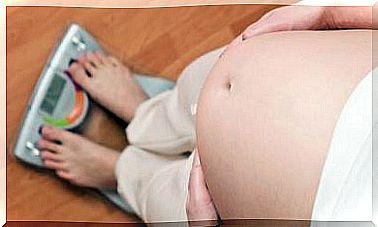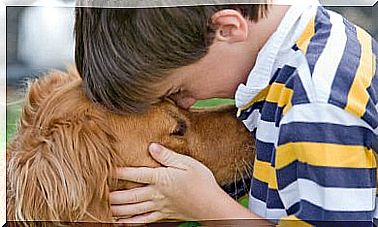How To Deal With A Wasp Sting?
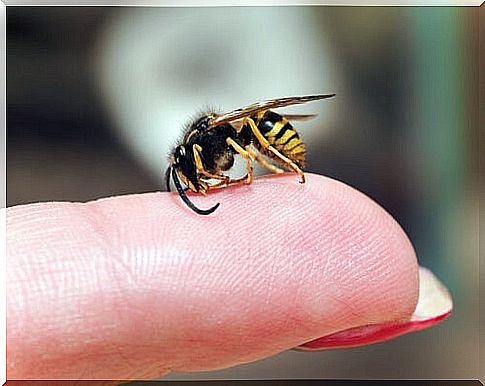
A wasp sting is not usually a serious problem, although it can be very annoying. However, the species of the animal is an important factor to take into account; since according to this, the symptoms to be experienced will be one or the other.
Possible symptoms
Not all people experience strong symptoms from a wasp sting. In most cases, except for the welt and a slight itch in the area at the time of the event, there are no symptoms.
It should be noted that, as time passes, the discomfort usually fades until it disappears completely. Now, in other cases, the following symptoms may appear:
- Tingling sensation in the lips and fingers and toes.
- Swelling and burning in the area of the bite.
- Mild dizziness
When is it necessary to go to the emergency service?
Of course, there are circumstances when a wasp sting becomes more dangerous, requiring immediate medical attention. Some symptoms that indicate that it is necessary to see a doctor immediately are:
- Fever.
- Difficulty breathing.
- Loss of consciousness
- Acceleration of the heartbeat.
- Swelling of the face or part of it.
- Strong dizziness or a feeling of lightheadedness that does not decrease.
- Stings in areas such as the neck or nose that can compromise breathing.
Considerations about wasps
Before moving on to first aid, it is worth noting that wasps are not the same as bees. There are notable differences in terms of form, ecosystems, food and other aspects.
The worker bees die once they strike the stinger. However, wasps are not. The stinger is part of its reproductive system, making it more resistant, and in short, it allows a wasp to sting several times without dying from it.
Why is it necessary to report the above? This to offer two tips, the first is not to stop paying attention to a wasp that has just made a sting, assuming that it will die. The second is not to misinterpret the absence of a stinger in the bite as an indicator that the stinger has entered, and is hidden by swelling, so that your search to remove it leads to further injury to the skin.
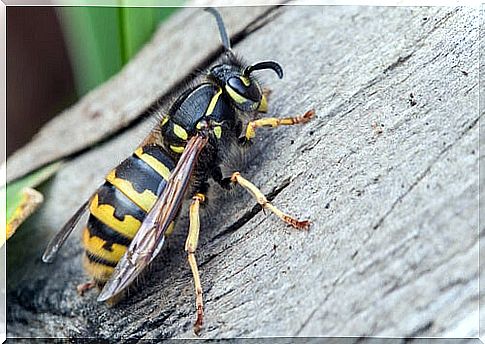
First aid
For most bites, the action guidelines will be almost the same:
- Try not to move the affected area too much, in order not to spread the venom of the sting through the bloodstream.
- Wash the wasp sting area gently with soap and water. Do not try to squeeze the welt that is beginning to form as a way to remove the poison. You can use ice in the first instance to try to reduce swelling or relieve pain.
- Apply an antiseptic, this will most of the time neutralize the action of the poison and pathogens present in the wasp sting, thereby preventing the affected area from developing into an infection.
- Take a pain reliever if needed to relieve throbbing pain in the area.
In most cases, treatment for a wasp sting is limited to cleaning the area to avoid possible infection and not scratching.
Respiratory emergencies from a wasp sting
Allergies, as well as some certain diseases, can aggravate your symptoms when you receive a wasp sting. Asthma is one of the cases in which the bite can be fatal if an ambulance is not called immediately.
Except for some conditions in which blood pressure drops or the heart rate rises too high, most serious problems that happen in some people when they get a wasp sting.
Serious problems are due to the body’s inflammatory response to the sting. Specifically, this inflammation can result in obstruction of breathing, hence the need to act quickly in the event of any sensation of difficulty in taking air.
